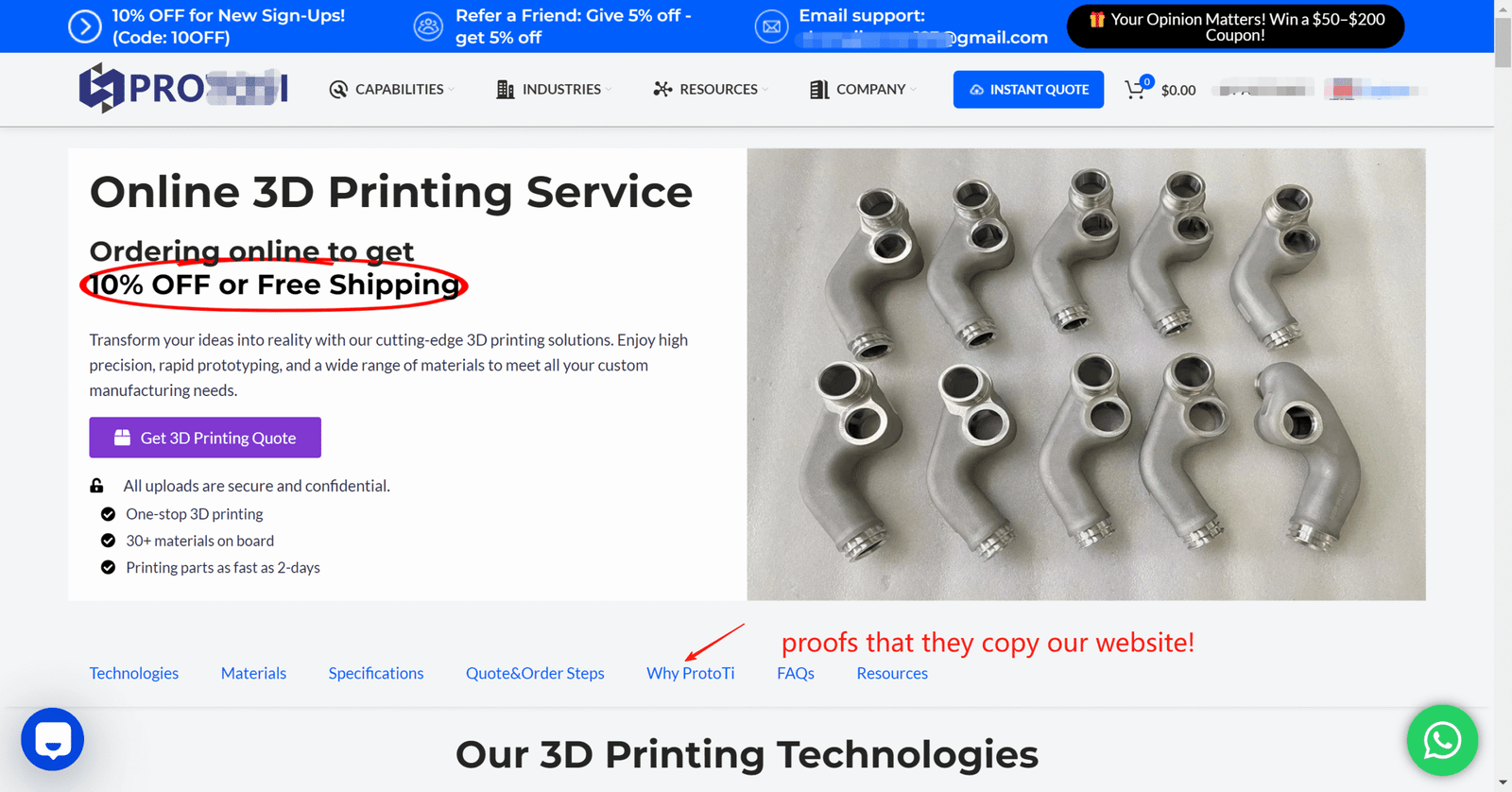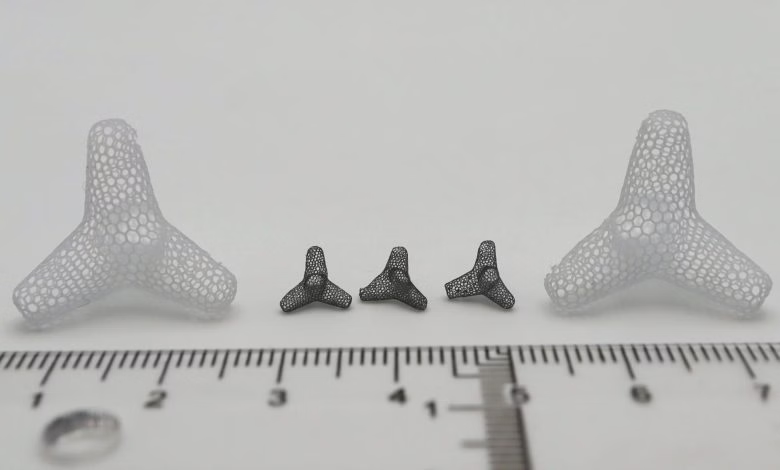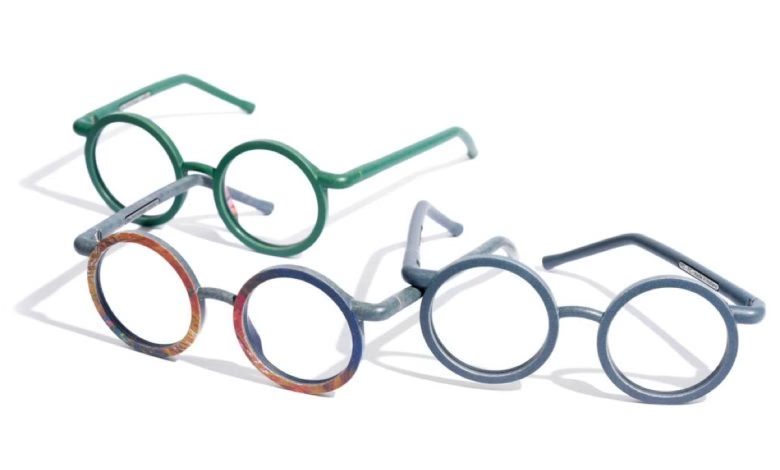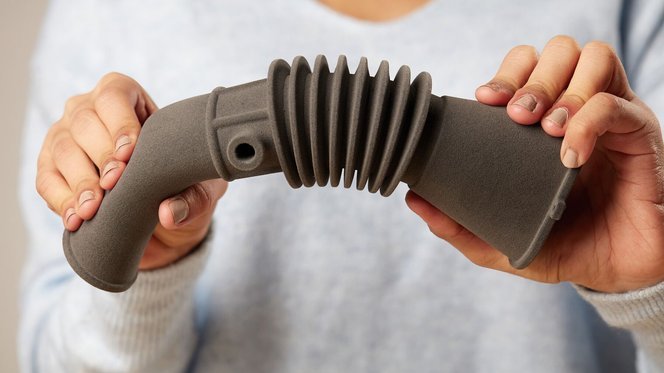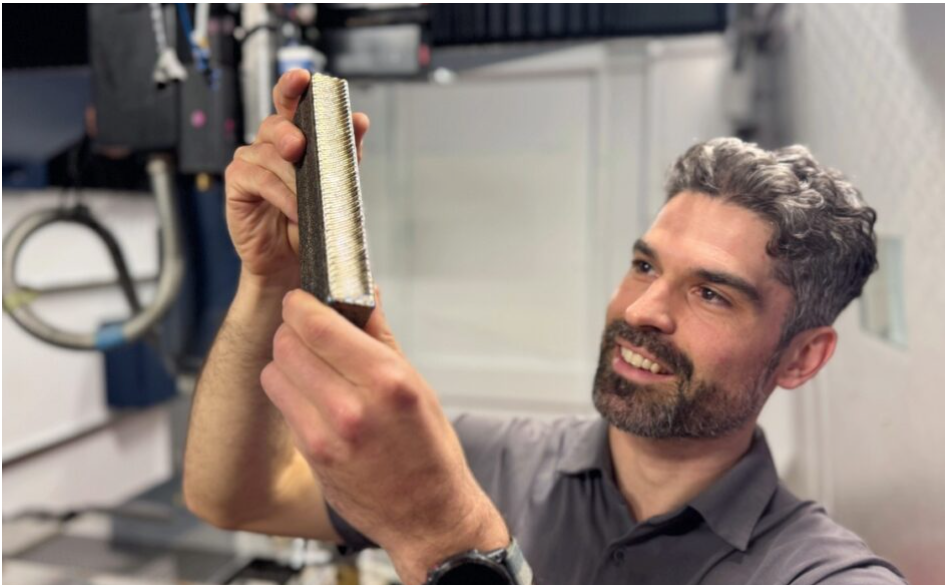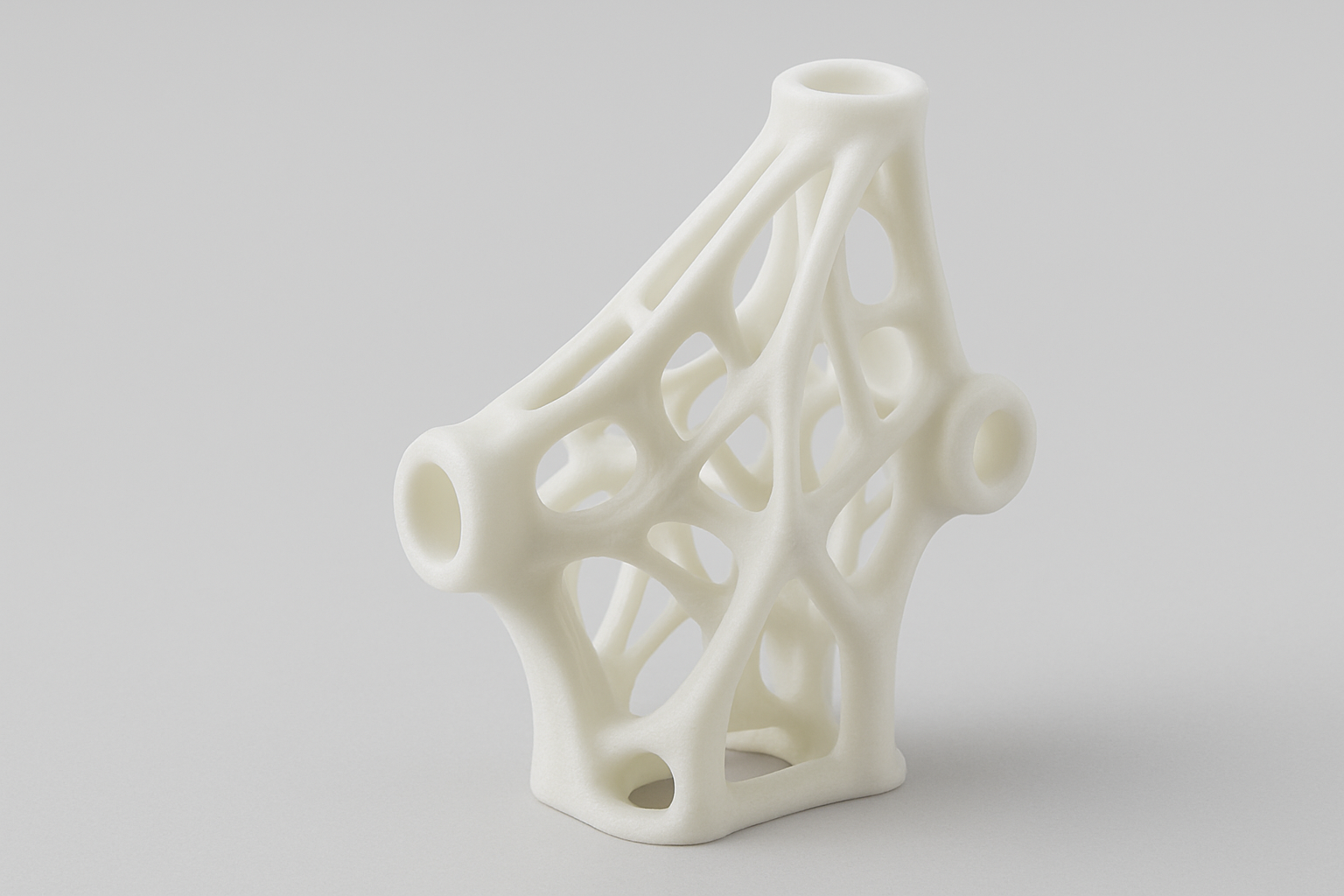
🚀Stereolithography Advancements: Redefining Precision Manufacturing in the 3D Printing Era
SLA uses ultraviolet (UV) lasers to cure photopolymer resins layer by layer, creating parts with micrometer-level accuracy and exceptional surface finish. What once was only a prototyping method has now become a production-ready solution for industries demanding speed, detail, and reliability.
